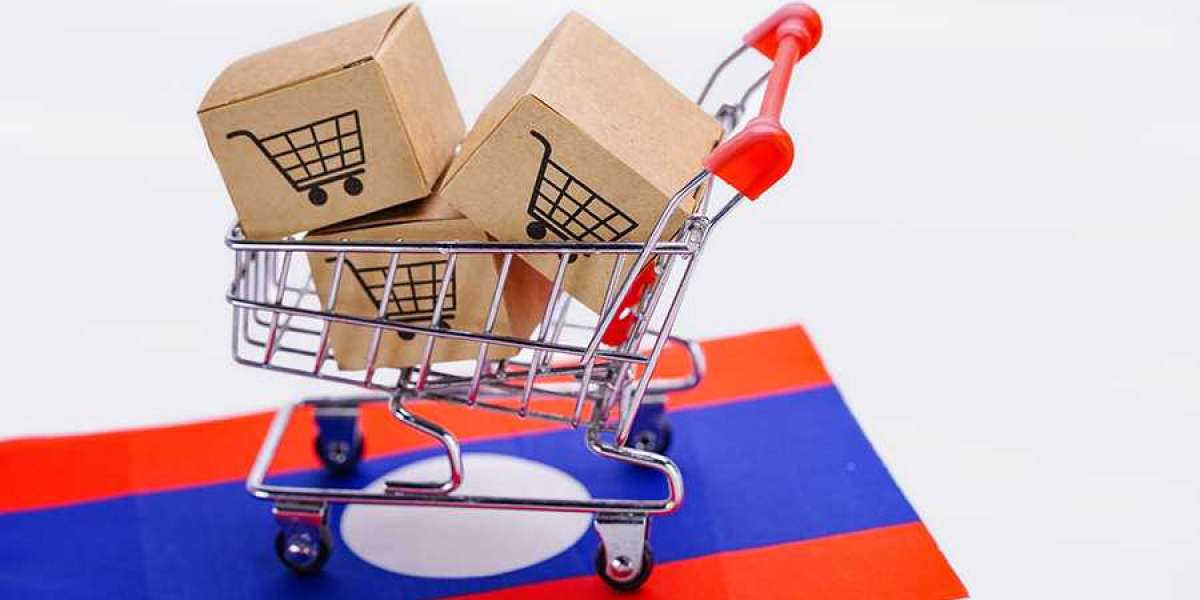The UK fashion industry has seen monumental changes in the way consumers shop over the past decade. With the rise of accessible internet and smartphones, customers now expect to be able to shop wherever and whenever they choose. This trend towards digital and mobile has led to explosive growth in fashion ecommerce in the UK.
Early Adoption of Ecommerce Platforms
Some of the earliest ecommerce fashion retailers paved the way for widespread online shopping adoption in the UK. Brands like ASOS and Boohoo launched in the early 2000s and saw rapid growth appealing to digital native consumers. They streamlined the online shopping experience, offering easy browsing of thousands of on-trend products with one-click purchases and speedy delivery. Many brick-and-mortar retailers were slow to develop successful online stores, ceding valuable ground to these digital-first competitors. Today, ASOS remains one of the largest online-only fashion retailers globally.
Rise of Mobile Shopping
The rise of smartphones further accelerated fashion ecommerce growth around 2010. Apps and mobile-optimized sites allowed shoppers to browse trends and make purchases from anywhere via their phones. Brands focused on optimizing the mobile experience saw their sales skyrocket. Today over 50% of all online fashion transactions come from mobile devices in the UK. Consumers are increasingly making impulse buys and discovering new brands through time spent on apps rather than desktop sites. The always-on access that mobile provides has made online shopping an integral part of everyday life for many.
Growing Demand for Fast Fashion
UK Fashion Ecommerce brands revolutionized the industry by slashing design and manufacturing timelines to deliver new runways looks to budget-conscious customers within weeks. Online-only models like Boohoo, PrettyLittleThing and Missguided thrived on delivering constantly refreshed collections at rock-bottom prices direct to consumers. Their streamlined operations and lack of physical stores allowed passing incredible savings onto customers online. Fast fashion now dominates UK ecommerce, as shoppers have come to expect new inventory weekly rather than seasonal changes. Sustainable competitors are working to course-correct this “throwaway” mentality.
Customized Experiences Drive Loyalty
In the ultra-competitive fashion ecommerce space, retailers must work harder than ever to keep customers engaged and loyal to their brand. Advanced data analytics now allow sites to offer personalized recommendations, sizeguidance, and targeted promotions based on shopping history. Multichannel players like Next utilize purchase data across websites, apps, social media and bricks-and-mortar stores to improve the customer experience at every touchpoint. Customers appreciate the convenience of features like wishlists, saved sizes and one-click reorder for replenishing basics
Omnichannel Retailing is Key to Success
While ecommerce reigns, successful fashion brands recognize the ongoing importance of physical retail networks. Multichannel retailers like Marks Spencer, New Look and John Lewis seamlessly integrate online and offline shopping. Customers can research trends and sizes digitally before trying on in stores or pick up online orders there. Those locations now serve as showrooms rather than pure transaction hubs. Many chains even allow returns of online purchases to physical locations for added convenience. Those who adopt true omnichannel strategies reap higher average order values and stronger customer loyalty over time.
The Rise of Resale Platforms
Sustainability concerns have also fueled explosive growth of online resale fashion platforms. Sites like Depop, Vinted and eBay fashion allow users to easily list, find and sell used clothing and accessories to a huge global audience. They appeal to Gen Z’s interest in vintage styles and the sharing economy. Major high street brands have even launched their own resale sub-brands to keep valuable inventory in circulation longer rather than sending to landfill. Charitable donations are also tracked online, with rewards offered to entice more sustainable behaviors. The resale is projected to surpass fast fashion in value within the decade.
Personalized Storefronts Drive Mass Customization
New direct-to-consumer brands are elevating customer experiences through highly personalized storefronts. Sites like Yoox allow customers to customize everything from fabrics to silhouettes. Meanwhile, accessories brands like Printful facilitate user-generated designs printed on demand. These give niche entrepreneurs affordable stores atop major ecommerce platforms as well. They reflect mainstream interest in bespoke, local and artisanal products rather than cookie-cutter fast fashion. Sustainability is again a priority, producing only what’s ordered to minimize waste.
Ecommerce Continues Expanding the UK Industry
The COVID pandemic only accelerated pre-existing ecommerce growth trends, as physical stores closed completely during lockdowns. Even as restrictions ease, many predict up to 40% of fashion spending will remain online long-term as consumers appreciate the convenience. The future remains bright for innovative digital-led companies that can meet modern demand for speed, value, personalization and cause-driven products. Multichannel sophistication will also be key to success across devices. Clearly ecommerce transformation of the industry is here to stay in the UK and globally. Forward-thinking brands will continue leveraging technology to create shopping experiences that keep up with ever-changing consumer preferences.
Get more insights on UK Fashion Ecommerce








